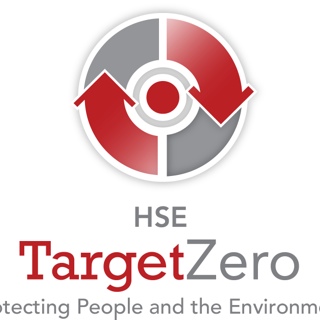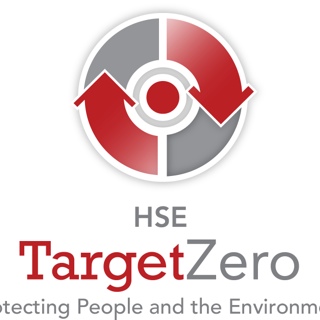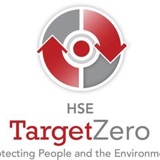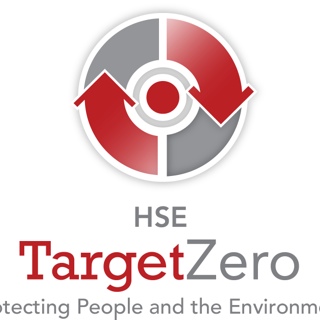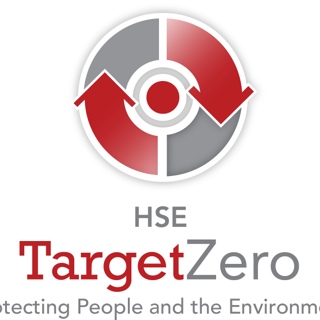Information
-
Project Name
-
Prepared by
-
Title
-
Project Manager
-
Conducted on
-
Add location
A. PERSONNEL SAFE WORK PRACTICES
-
1. Competent person has completed work shift inspection and has authorized scaffold access
-
2. Personnel aware of and following access requirements established by competent person
-
3. Scaffold free from damage and in stable condition
-
4. Safe means of access provided to scaffold platform
-
5. Personnel remaining within guardrail system when provided
-
6. Personnel using personal fall arrest systems (PFAS) when required
-
7. Personnel working from suspension scaffolds or boatswains’ chairs using PFAS
-
8. CH2M HILL personnel have completed CH2M fall protection training when PFAS use required
-
9. Personnel not standing on objects to stand on on top of scaffold platforms
-
10. Personnel not using ladders on top of scaffold platforms
-
11. Personnel not working on scaffolds covered with snow or ice
-
12. Personnel not work on scaffolds during storms/high winds unless adequate protection provided
B. GENERAL
-
13. Scaffolds inspected by competent person before each work shift
-
14. Damaged or weakened scaffold components immediately repaired or replaced
-
15. Scaffolds not loaded in excess of their maximum intended load
-
16. Debris is not accumulating on scaffolds platforms
C. ASSEMBLY/DISASSEMBLY OF SCAFFOLDS
-
17. Scaffolds designed by qualified person
-
18. Scaffolds assembled/disassembled by experienced and trained personnel
-
19. Scaffolds assembled/disassembled under supervision and direction of competent person
-
20. Adequate planking provided, as determined by competent person
-
21. Adequate safe means of access provided, as determined by competent person
-
22. Adequate fall protection provided, as determined by competent person
D. EARTHMOVING EQUIPMENT PLACEMENT
-
23. Scaffolds capable of supporting own weight and 4 times maximum intended load
-
24. Compatible scaffold components used
-
25. Scaffolds uprights bear on stable foundations
-
26. Scaffolds adequately braced to prevent racking/collapse
-
27. Scaffolds plumb, level, and squared
-
28. Scaffolds with height to width ratios greater than 4:1 secured from tipping
-
29. Work platforms fully planked or decked
-
30. Platform planking extends over supports appropriate amount or restrained
-
31. Safe means of access is provided to platforms
-
32. Supported scaffolds > 10 feet provided with guardrails or PFAS
-
33. When required, adequate guardrail system installed on all platform open sides and ends
-
34. When required, adequate PFAS provided (may also use fall protection checklist HS31)
-
35. Falling object protection provided to personnel working on scaffolds/under scaffolds
-
36. Safe clearance maintained from overhead power lines
E. MOBILE SCAFFOLDS
-
37. Casters/wheels locked while scaffold used in the stationary position
-
38. Personnel not riding mobile scaffolds unless safe to move
F. EARTHMOVING EQUIPMENT MAINTENANCE
-
39. Suspension scaffolds and boatswains’ chairs > 10 feet provided with personal fall arrest system
-
40. Supporting devices/counterweights secured to supporting structure <br>
-
41. Supporting devices inspected by competent person prior to scaffold use
-
42. Ropes and connecting hardware capable of supporting 6 times the maximum intended load
-
43. Suspension ropes inspected by competent person before each work shift
-
44. Damaged or repaired wire rope not used as suspension rope
-
45. Suspension ropes joined together only by eye splice thimbles connected by shackles
-
46. Wire rope clips inspected/retightened after initial loading and before each work shift
-
47. Scaffold ropes protected from welding, heat, and corrosives
-
48. Scaffolds tied or otherwise secured from swaying
G. ADJUSTABLE SUSPENSION SCAFFOLDS
-
49. Adjustable suspension scaffolds > 10 feet provided with guardrails and PFAS
-
50. Supporting structures capable of resisting tipping moment
-
51. Hoist ropes restrained from passing through the hoist
-
52. Hoists have braking device/locking pawl that engages during scaffold uncontrolled movements
-
53. Manually operated hoists require positive crank force to lower
-
54. Scaffold hoist stall load less than 3 times its rated load
-
55. Gasoline-powered hoists not used
Corrective Action Taken
-
Corrective actions & dates corrected
-
Signature
